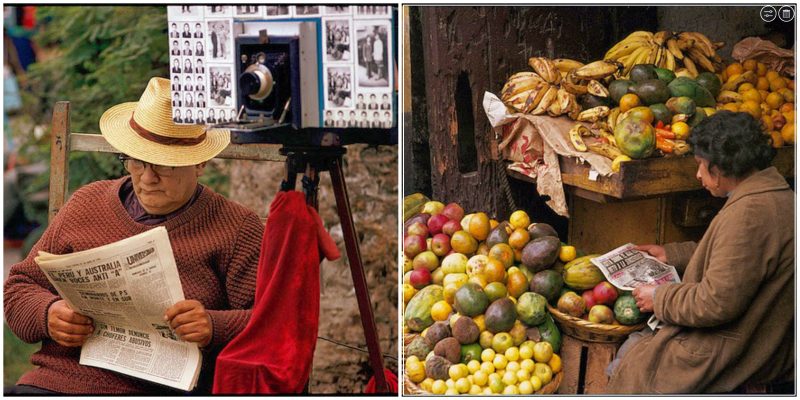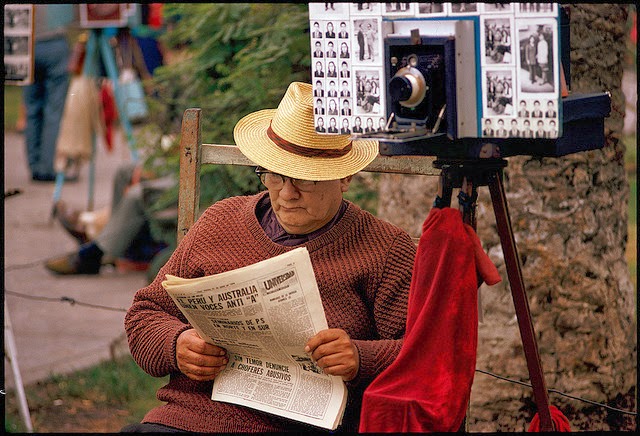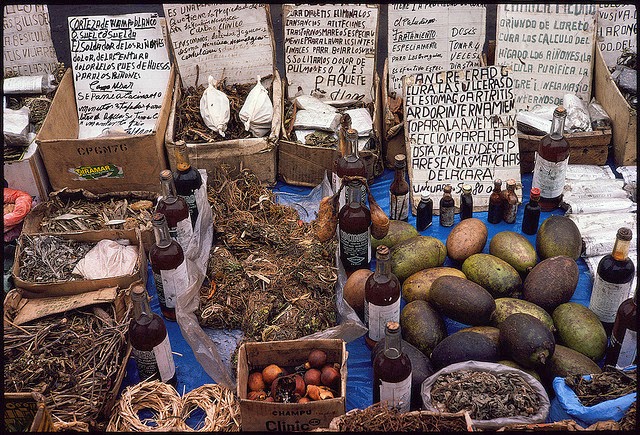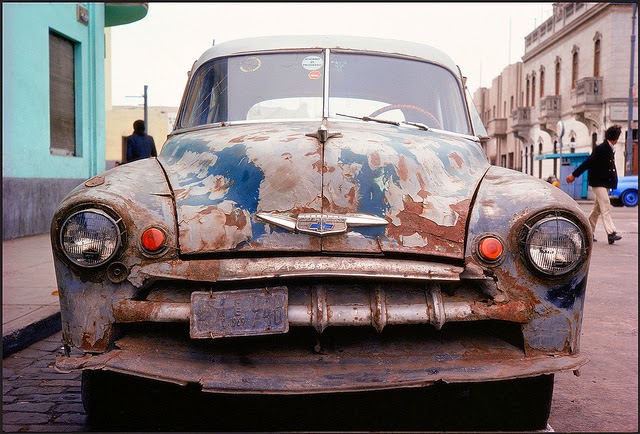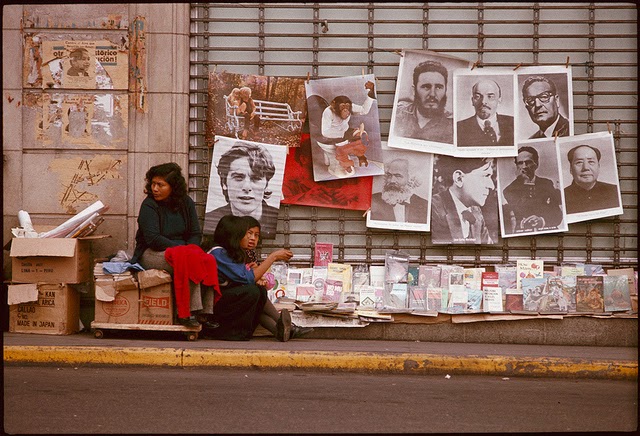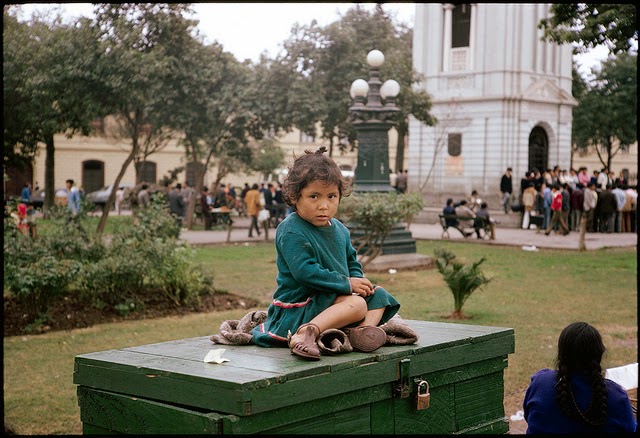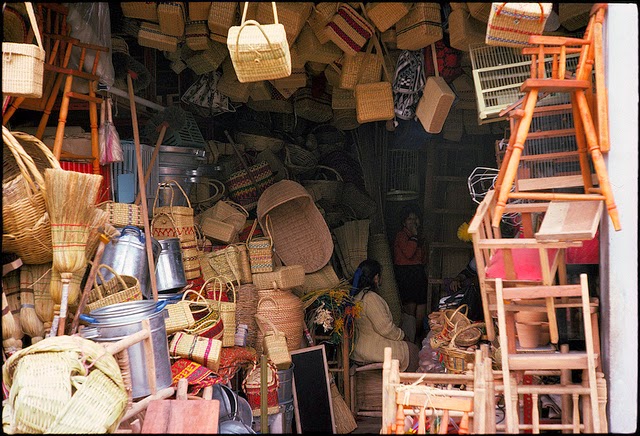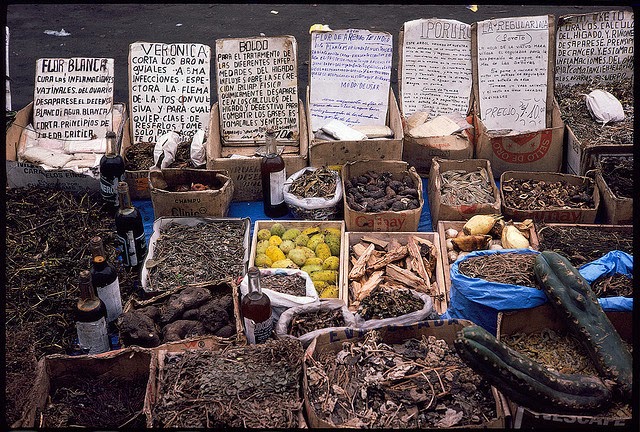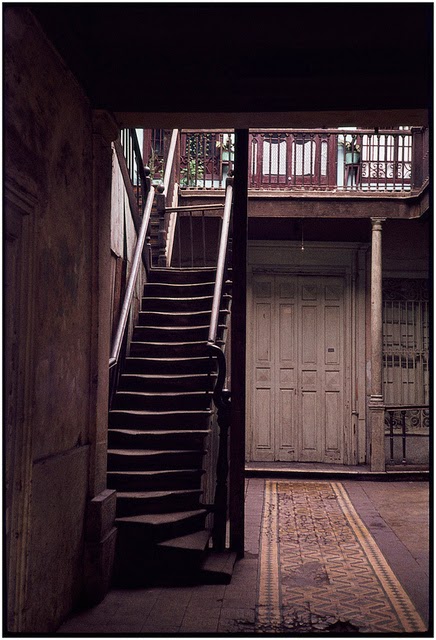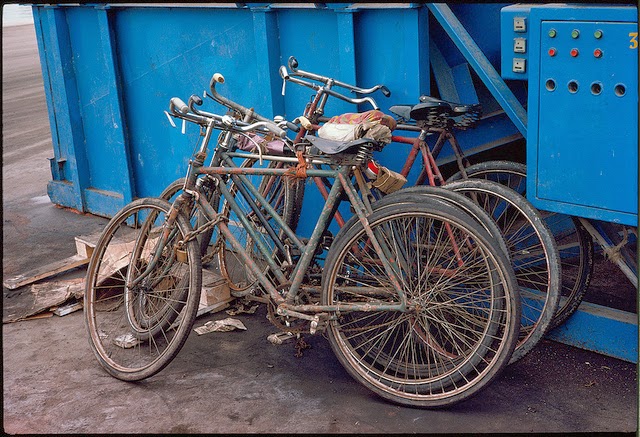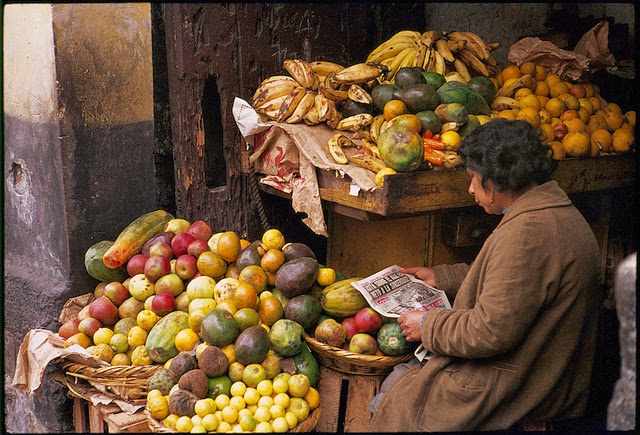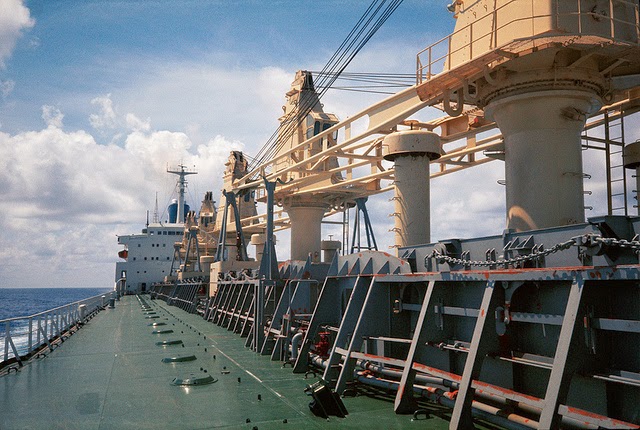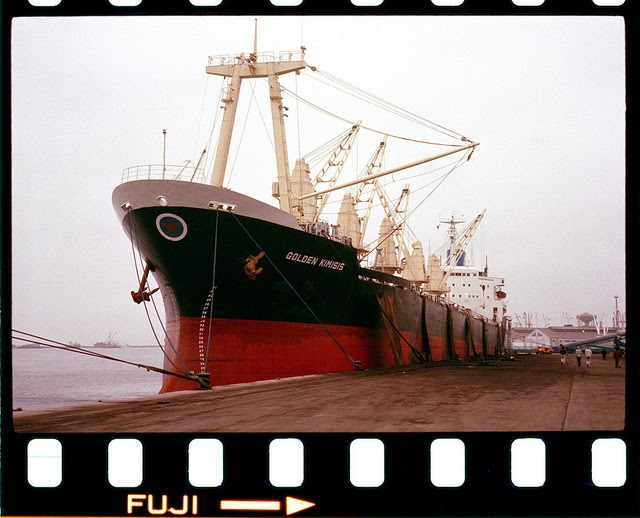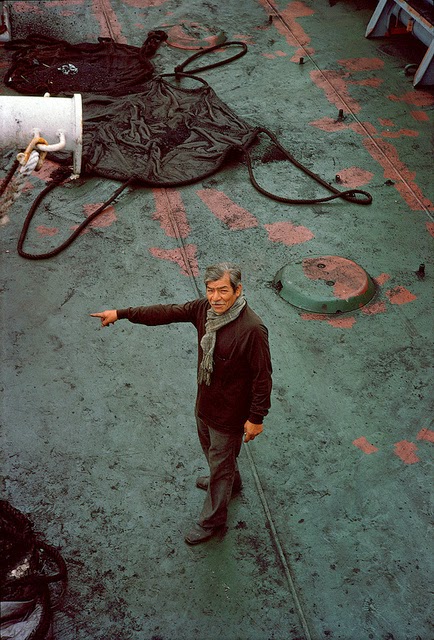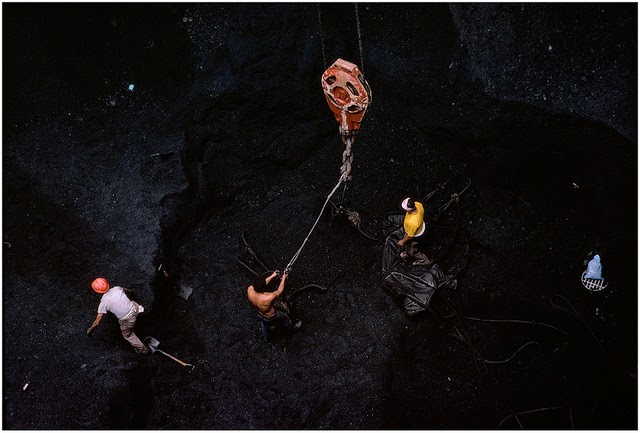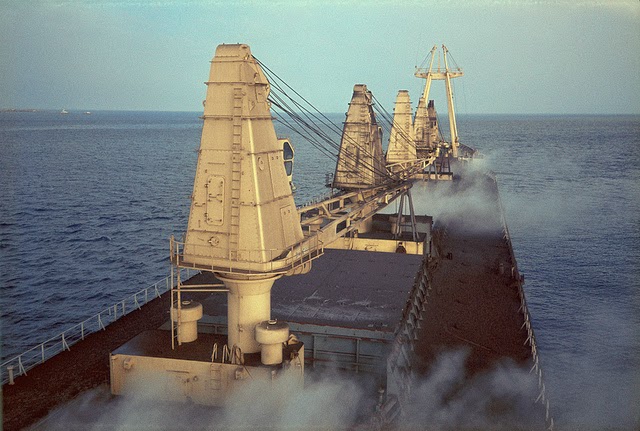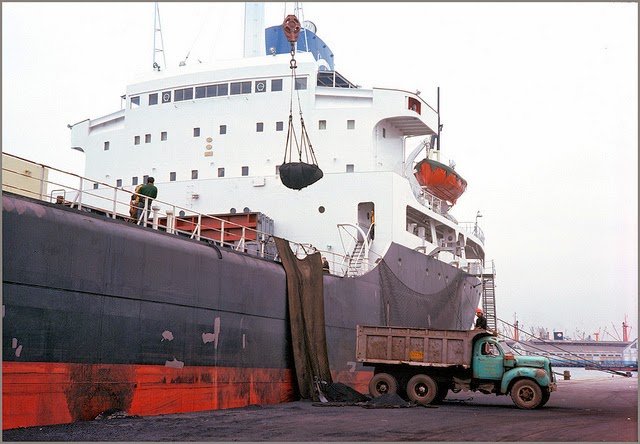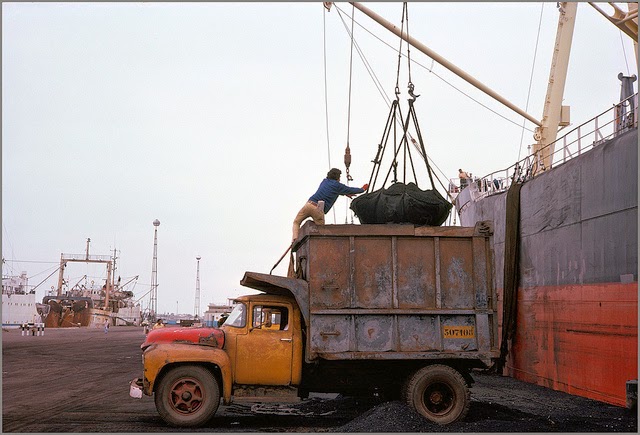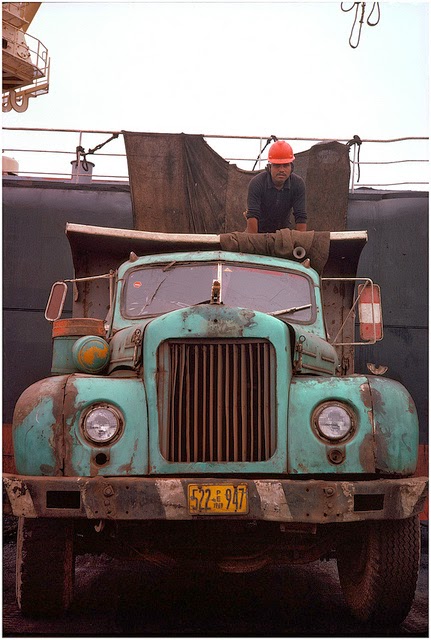Lima is the capital and the largest city of Peru. It is located in the valleys of the Chillón, Rímac and Lurín rivers, in the central coastal part of the country, overlooking the Pacific Ocean. Together with the seaport of Callao, it forms a contiguous urban area known as the Lima Metropolitan Area. With a population of almost 10 million, Lima is the most populous metropolitan area of Peru, and the third largest city in the Americas (as defined by “city proper”), just behind São Paulo and Mexico City.
Lima is home to one of the oldest higher learning institutions in the New World. The National University of San Marcos, founded on May 12 of 1551, during Spanish colonial regime, is the oldest continuously functioning university in the Americas.
The city was established on the valley of the Rímac River in an area populated by the Ichma polity. It became the capital of the Viceroyalty of Peru and site of a Real Audiencia in 1543. In the 17th century, the city prospered as the center of an extensive trade network despite damage from earthquakes and the threat of pirates. However, prosperity came to an end in the 18th century due to an economic downturn and the Bourbon Reforms.
Take a look at the below amazing photo collection of life in Lima, the capital of Peru in 1974:
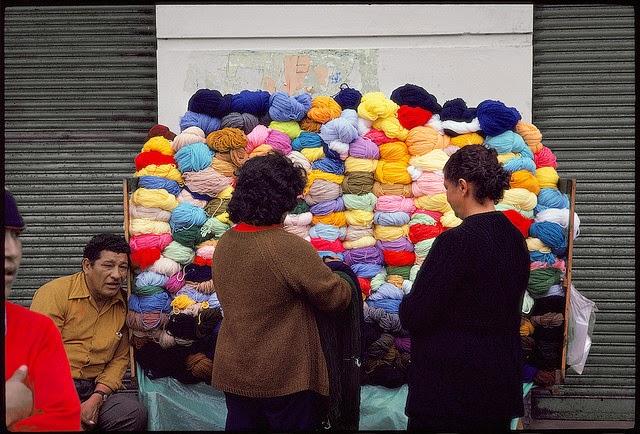
The city is known as the Gastronomical Capital of the Americas. Lima’s gastronomy is a mix of Spanish, Andean, and Asian culinary traditions
Lima’s architecture is characterized by a mix of styles. Examples of early colonial architecture include the Monastery of San Francisco, the Cathedral of Lima and the Torre Tagle Palace. These constructions are generally influenced by the Spanish Baroque, Spanish Neoclassicism, and Spanish Colonial styles. After independence, there was a gradual shift toward the neoclassical and Art Nouveau styles. Many of these constructions were greatly influenced by French architectural styles.Many government buildings as well as major cultural institutions were contracted in this period. During the 1960s, constructions using the brutalist style began appearing in Lima due to the military government of Juan Velasco Alvarado. Examples of this architecture include theMuseum of the Nation and the Ministry of Defense. The 21st century has seen the appearance of glass skyscrapers, particularly around the city’s financial district. There are new architectural and real estate projects.
The population of Lima played an ambivalent role in the 1821–1824 Peruvian War of Independence; the city suffered exactions from Royalist and Patriot armies alike. After independence, Lima became the capital of the Republic of Peru. It enjoyed a short period of prosperity in the mid-19th century until the 1879–1883 War of the Pacific when it was occupied and looted by Chilean troops. After the war, the city went through a period of demographic expansion and urban renewal. Population growth accelerated in the 1940s spurred by immigration from the Andean regions of Peru. This gave rise to the proliferation of shanty towns as public services failed to keep up with the city expansion.
The photos belong to Chris Protopapas
